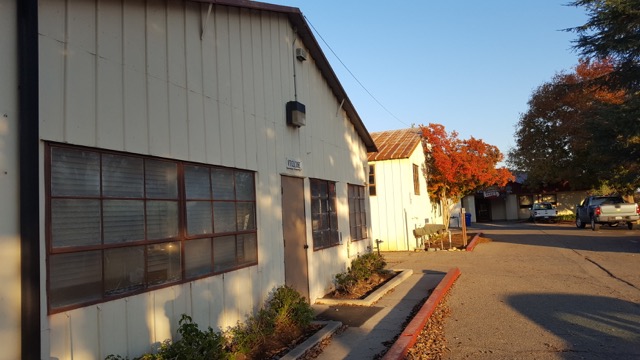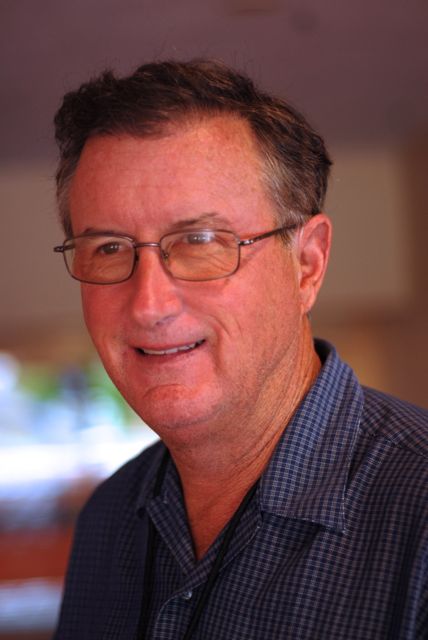Winegrape Crush Waste Studied
Upcycling Winegrape Waste
By Tim Hammerich with the Ag Information Network
Somewhere in the neighborhood of ⅓ of the food we produce gets wasted. Wine is no different. One-third of the grapes used to make wine are not utilized for human consumption after crush. Researchers at the University of California, Davis are trying to change this by studying how to take bioactive compounds from that waste like oligosaccharides and phenolics, and turn them into food ingredients.
“Some products are already on the market for this grape marc. Some small companies have grape marc extracts, which are mostly touted for the phenolic properties and not for the oligosaccharides,” said Amanda Sinrod a graduate student researcher and master’s candidate.
“A company branched off of Sonomaceuticals, who we work with called Vine to Bar, actually has a chocolate line where they incorporate this marc into the chocolate,” she said. “And without changing the texture, or really significantly the chocolate flavor, they’re not only able to increase things like the fiber of the chocolate and the phenolics to make it healthier, but they’re also adding these oligosaccharides just by naturally incorporating the grape marc,” Sinrod noted. “Because of the natural sugars in the grape marc, they’re actually able to add less sugar to the bar, making it healthier. So it’s just beginning. Hopefully, this will take off soon,” she said.
Sinrod said more research is needed in this area, but she is hopeful that this waste stream can be utilized for both health and sustainability.














